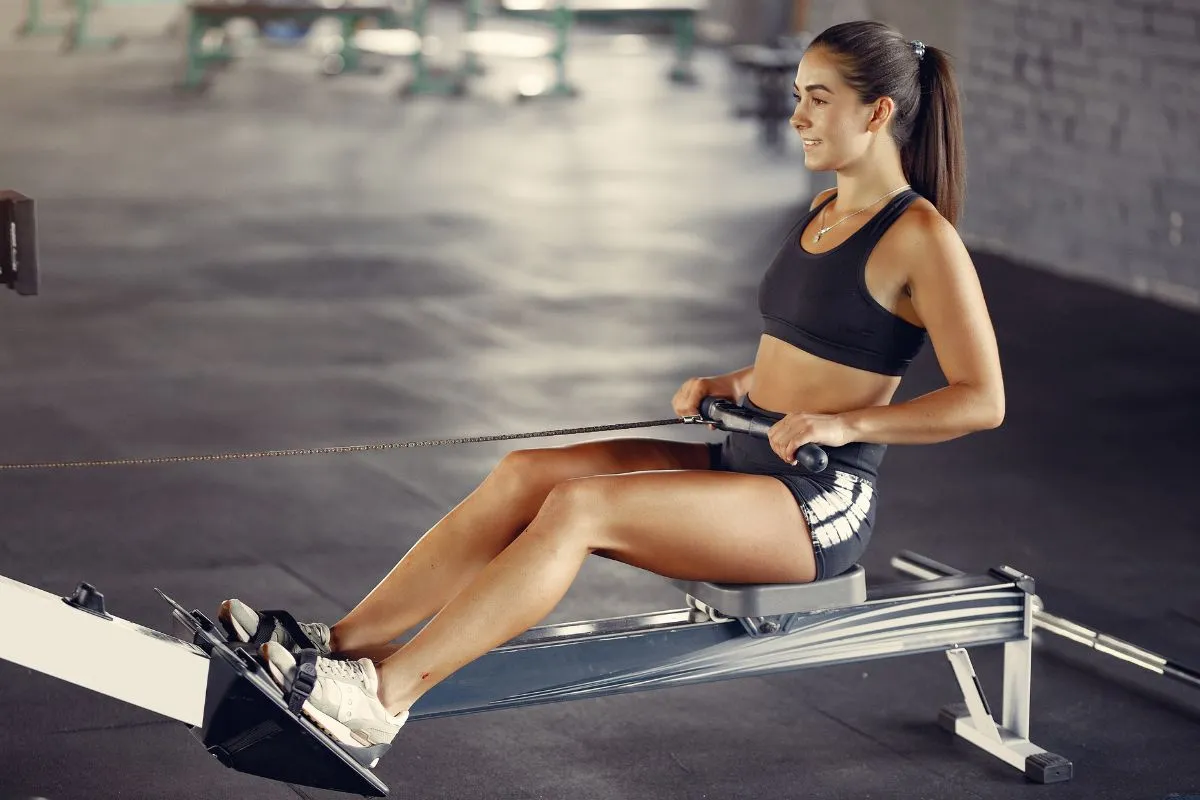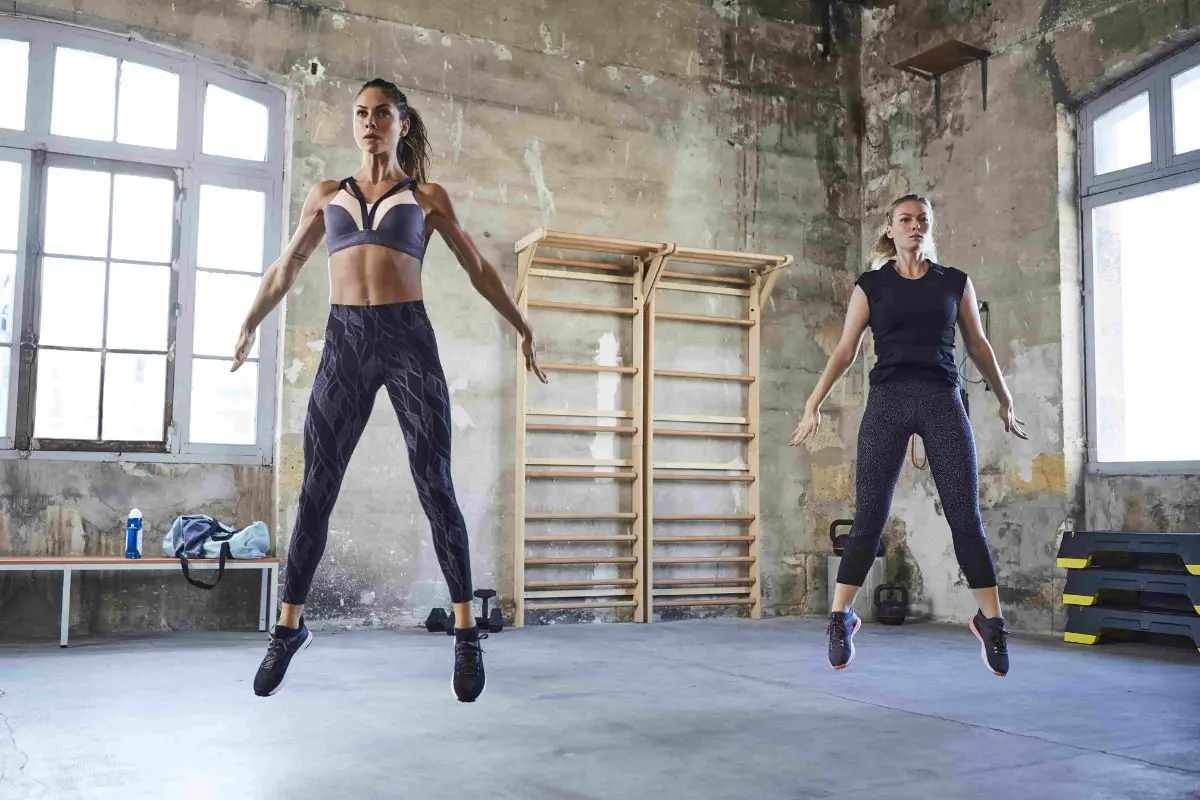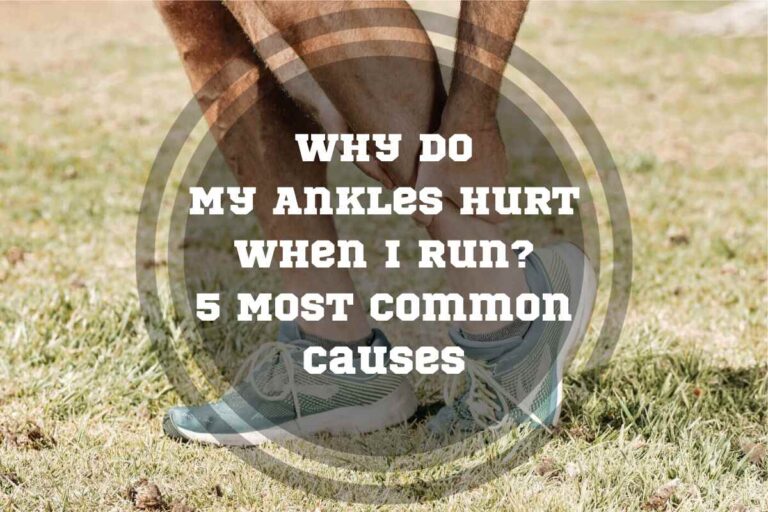12 Cardio Alternatives to Running for a Full-Body Workout
Are you looking for cardio alternatives to running to get a full-body workout? Cardio exercise is crucial for optimal health, but there are plenty of alternatives to running that can give your body the same benefits.
This guide offers 12 fun and effective alternatives to running for cardio. From gym favorites like rowing and cycling to outdoors activities like hiking and skiing, find out how all these exercises help improve cardiovascular fitness levels with less stress on your joints.
What Are the alternatives instead of running?
Looking for cardio that isn’t running? Low-impact exercises such as cycling, rowing, and step aerobics offer cardiovascular fitness benefits similar to running, but with less strain on the joints. Regular cardio training can help improve heart health, reduce blood pressure, regulate blood sugar levels and asthma symptoms, reduce chronic pain, and aid sleep.
Running Alternative: Why Do You Need It?
Running every day is not always possible, or even necessary! Whether due to an injury, chronic pain, or joint issues, some people prefer not to run for their cardio. Fortunately, incorporating low-impact cardio alternatives into your routine can provide a gentler form of exercise that still offers benefits for cardiovascular health and overall well-being.
Depending on where you are in your training, running alternatives may be an effective option for maximizing your fitness and health.

How Does Low-Impact Exercise Compare with Running?
Low-impact exercises help build strength while decreasing the risk of strain that sometimes comes with high-impact running workouts. Cardio activities offer a full-body muscle workout, but without punishing the joints and bones in your lower body.
These exercises are less likely to cause shin splints, knee pain, or ankle problems, and can help athletes recover from injuries more quickly than running alone.
What Is Cardio and How Is It Related to Running?
Cardio (short for cardiovascular activity) is any form of exercise that raises your heart rate and requires sustained effort. It can be done either in a low-impact or high-impact form, with running being the most common type of high-impact cardio.
Cardio Training as an Alternative to Running
Depending on your fitness level and goals, you can use low-impact options such as incline walking, rowing, or swimming to get some aerobic exercise. These activities engage multiple muscle groups for a full-body workout, while also improving cardiovascular fitness.

Pro Tip:
Whatever type of cardio you choose, it’s important to listen to your body and not overdo it. Start with shorter sessions at lower intensities before gradually increasing duration or resistance.
6 Benefits of Cardio Training
Cardio training has numerous benefits, ranging from improved cardiovascular health to reducing asthma symptoms and strengthening the immune system.
1. Improves Cardiovascular Health
Cardiovascular exercise boosts heart health by improving the function of your circulatory system and lowering resting heart rate and blood pressure. Regular aerobic training has been shown to decrease cardiovascular mortality and reduce your risk of developing cardiovascular disease.
These exercises help your body increase energy levels, build stamina, strengthen the immune system, control blood pressure levels, and improve cholesterol profile.
2. Helps Regulate Blood Sugar
Regular cardiovascular exercise is essential for proper blood sugar regulation, and running alternatives can provide an ideal solution. Exercise increases insulin sensitivity, allowing muscle cells to better absorb glucose from the bloodstream into energy-producing tissues.
Studies show that regular physical activity increases this effect, helping reduce insulin resistance and improve overall health.
3. Reduces Asthma Symptoms
Exercising regularly is beneficial for those suffering from asthma, as it can help regulate and reduce symptoms. This is because aerobic exercise regulates airway inflammation while improving airflow, meaning the anaerobic threshold increases.
Cardio alternatives to running improve lung capacity and breathing efficiency with minimal stress on your body compared to running.
4. Aids Sleep
Studies have shown that exercise sparks immediate improvements in sleep quality and can even help you fall asleep quicker. Furthermore, consistent exercise routines are important for overall wellness and mental health, as they promote a better night’s rest and regulate hormones that impact sleep duration.
5. Regulates Weight
Cardio workouts are integral for burning calories and maintaining a healthy weight. A regular exercise regimen should include both cardio exercises and moderate strength training to keep your body toned.
When done correctly, low-impact cardio training can help burn fat through increased calorie expenditure.
Subscribe to Our Running Newsletter!
Get free running tips from renowned professional athletes and discounts from top-notch brands.
6. Strengthens the Immune System
Regular aerobic exercise activates the body’s immune system, helping to ward off illnesses like the cold and flu.
Cardio workouts help the body build healthier T-cells, antibodies, and cytokines, which serve as a frontline defense against pathogens. Exercise has also been shown to reduce stress hormones, which sometimes depress the activation of the protective white blood cells that keep us healthy.
12 Best Cardio Alternatives to Running
Finding an alternative to running can help alleviate pain and stress on your joints while also giving you a new challenge for a full-body workout. When combined with strength training routines, these 12 best alternatives to running can help keep you fit.
4 Gym Alternatives to Running
Working out in the gym can be a great way to get both aerobic and strength training, and there are many options for people looking for alternatives to running:
1. Rowing
Rowing is an amazingly effective low-impact workout that engages up to 86% of the muscles in your body. It is a great alternative to running and can provide an equally powerful, full-body workout without the stress on joints that intense running can cause.
One of rowing’s notable benefits is upper body strength building. Rowing uses your arms, back, core, and legs more than running does. One thing to note, though: While rowing offers plenty of advantages over other exercises, such as swimming or cycling, running typically burns more calories than rowing.

2. Indoor Cycling
Indoor cycling involves much less impact than running on pavement or trails. It can provide a rest for the tendons from more intense workouts like long-distance runs, which may lead to joint issues.
3. Elliptical Trainer
With an elliptical, both the upper and lower body muscles are engaged during your workout, so you get a full-body workout, which can be great for improving cardiovascular endurance.
Furthermore, as an exercise that focuses on low-impact movements, an elliptical puts less stress on your joints than running does. This makes it suitable even if joint issues make running uncomfortable or even impossible for you.
4. Circuit Training and Calisthenics
Circuit training and calisthenics provide an effective full-body workout that involves doing different strength exercises in quick succession, usually with minimal rest between sets. This not only increases muscle endurance, but also builds strength while improving heart health.
While these alternatives offer numerous benefits to runners looking for something new, there can be an increased risk of injury if you do not prepare correctly.
4 Outdoor Alternatives to Running
Engaging in other outdoor activities provides an excellent opportunity to get away from the monotony of running and enjoy the natural surroundings. Here are 4 popular alternatives:
1. Walking
Low-impact activities, such as walking, don’t put strain on the joints they way running does. Despite this, walking still offers one of the most effective methods of burning calories, improving cardiovascular health, and increasing stamina.
While both running and walking provide similar health benefits in terms of fat burn and muscle toning, walking uses significantly less energy to cover distances.
2. Biking
Biking is a low-impact way of training, which reduces the risk of injury when compared with running. However, it does require skill to navigate complex terrain, which increases the risk of injuries.
Cycling is beneficial for cardiovascular health, as it challenges the heart and lungs while strengthening muscles throughout your body. However, running activates muscles in more ways compared to cycling.

3. Hiking
Hiking is much less intense than running, making it easier on the joints while still providing cardio benefits. In addition to being low-impact and therapeutic, hiking is also great for building muscle strength, since it requires walking up and down hills and other terrain.
Hiking may also be a more sustainable option when it comes to injury prevention, as there is less forceful impact on the body.
4. Stair Climbing
Stair climbing can improve cardiorespiratory fitness, lower body strength, and coordination skills while offering a low-impact alternative to running. It also offers a substantial calorie burn (up to 1,000 calories per hour when done at high speed!). In fact, 15 minutes of stair climbing is an exercise equivalent to running 1 mile when it comes to burning calories.
Make sure you take regular breaks and breathe deeply throughout your climb, as this helps reduce any potential fatigue.
4 Indoor Exercises Equivalent to Running
Indoor alternative exercise to running provides runners with a low-impact form of training that can still be effective and enjoyable. Here are our favorite indoor cardio exercises:
1. Dancing
Dancing encourages movement in multiple planes of motion, such as lateral, forward, and backward, which improves overall mobility and flexibility. It also promotes cardiovascular health by increasing the heart rate and promoting blood circulation.
On the downside, dance technique takes some time to learn and perfect.
2. Jumping Jacks
Jumping Jacks are a combination of aerobic and resistance work. They provide a full-body workout that improves leg strength while also targeting major muscle groups throughout the body.
Unlike running, which is primarily focused on cardiovascular fitness, jumping Jacks combine strength training with endurance to give you a more varied and comprehensive exercise program.
Potential drawbacks of jumping Jacks include the risk of joint injuries if not performed properly.

3. Jump Rope
Skipping rope is a timesaving, high-intensity workout that can provide the same benefits as running. A major advantage of jumping rope is its lower impact, which eliminates the dangerous heel-to-toe strike that can cause injuries in running.
With proper technique, jump rope intervals will yield comparable calorie burning while being much more fun overall and providing great cardio alternatives to running at home.
4. Burpees
Regularly performing burpees can aid in weight loss due to the fact that they are a high-intensity activity. They can also work out the cardiovascular system, leading to greater endurance. During burpees, multiple muscle groups are engaged, including the arms, core, legs, and glutes, providing the body with increased strength and muscle tone, as well as burning calories.
Burpees should not be relied upon solely for exercise, but can definitely be worked into any routine, either indoor or outdoor.
Frequently Asked Questions About Low-Impact Alternatives to Running
Is There a Way to Do Cardio Without Running?
Yes! Running is a great form of exercise, but it isn’t the only one. There are plenty of low-impact alternatives that can provide a similar cardiovascular workout without wearing down your joints. Try cycling, boxing, rowing, dancing, or any other activity that raises your heart rate for cardio benefits.
What Exercises Are Equal to Running?
For those gym lovers out there looking for an alternative to running on a treadmill, why not try indoor cycling? Or, if being inside isn’t your thing, then consider water aerobics.
Final Thoughts on Cardio Equivalent to Running
Running is a popular form of cardio and an efficient full-body workout, but it’s not for everyone. Fortunately, there are plenty of alternatives to running that can provide similar benefits in terms of calorie burning, cardiovascular health, strength building, and improving endurance.
Some popular alternatives to running include indoor cycling, rowing machines, elliptical trainers, hiking, and jumping rope Even simple indoor exercises like dancing around your living room or joining Zoom dance classes offer low-impact alternatives to running without sacrificing the opportunity for a great physical challenge.
What is your favorite substitute for running? Please share your experience in the comments below.
Also Read:
- Bcaas for Runners
- Benefits of Running Twice a Week
- Benefits of Sprinting
- Can You Run After Getting a Tattoo
- Jumping Rope Equivalent to Running
- Can You Run a Marathon With No Training
- How Long Is a Spartan Race
References:
- de Lima, Fabiano Francisco et al. “Physical training in adults with asthma: An integrative approach on strategies, mechanisms, and benefits.” Frontiers in rehabilitation sciences vol. 4 1115352. 17 Feb. 2023 https://www.frontiersin.org/articles/10.3389/fresc.2023.1115352/full
- Borhade MB, Singh S. Diabetes and Exercise. [Updated 2022 Sep 5]. In: StatPearls . Treasure Island (FL): StatPearls Publishing; 2023 Jan https://www.ncbi.nlm.nih.gov/books/NBK526095/
- Nieman, David C, and Laurel M Wentz. “The compelling link between physical activity and the body’s defense system.” Journal of sport and health science vol. 8,3 (2019): 201-217. https://www.sciencedirect.com/science/article/pii/S2095254618301005?via%3Dihub
- Dolezal, Brett A et al. “Interrelationship between Sleep and Exercise: A Systematic Review.” Advances in preventive medicine vol. 2017 (2017) https://www.hindawi.com/journals/apm/2017/1364387/
- Hydrow. What Muscles Does a Rowing Machine Work? https://hydrow.com/blog/what-muscles-does-a-rowing-machine-work/
If you have any questions or suggestions, you can contact us via email – [email protected]






